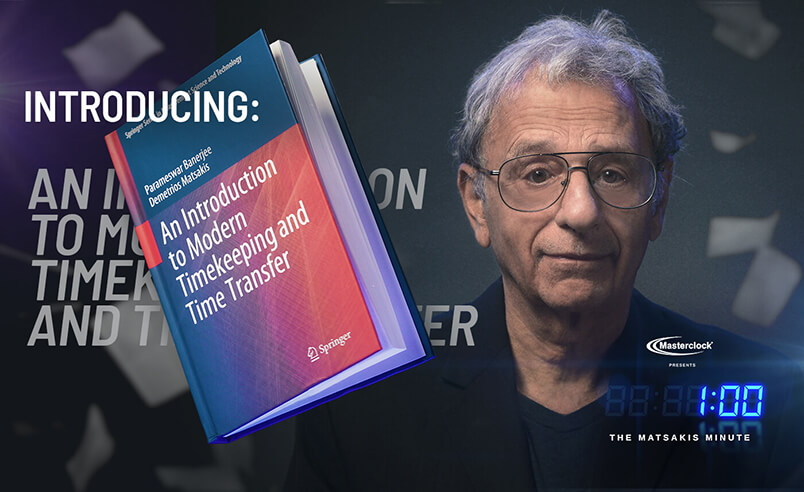Industry Literature - September 6, 2016
Video surveillance is an essential feature of any modern security system. Without accurate time stamps, however, surveillance video cannot be reliably used for event reconstruction or other legal purposes. Therefore, it is essential to use a system that delivers accurate time stamping for legally traceable time. Unfortunately, many systems rely on clocks that have the tendency to drift—to gradually fall away from the actual current time. Such systems provide a false sense of security in that their time stamps can and often are challenged in court. By understanding how time stamping works and how to use it properly, organizations can more effectively protect themselves.
Accurate Time Stamping for Video Surveillance
Significant problems arise when the time stamp on a surveillance video is deemed to be inaccurate. For example, let's say that a video shows an employee slipping into a certain area of a building and that items were stolen from that area at a specific time of day. Odds are that the suspect's attorney will dig deeply to ensure that the time stamp on the video is accurate. If the system in question isn't actually running on accurate time, the suspect could get off on a technicality.
Official Time
Official time is no longer measured as Greenwich Mean Time, or GMT. Instead, it is measured as Coordinated Universal Time, or UTC, which is measured by the vibrations of the cesium atom and is exceptionally accurate. UTC is kept by national metrology institutes around the world.
Network time protocol, or NTP, is a time synchronization distribution standard that works easily with IP-based systems, and software for NTP is readily available for just about any operating system. In fact, most IP cameras, computers and other devices already include pre-installed NTP client software. However, an NTP server is needed for the network in order to synchronize the NTP client.
NTP Servers
A vast array of free public NTP servers are readily available via the Internet. However, free sources of time are not traceable or guaranteed, and you must have an open port in your firewall to use such servers. They also require a continuous connection to the Internet, which poses a problem for closed security systems. For these applications, relying on a time source from outside the network is bad practice in general.
Stratum 1 NTP Servers
In the NTP sphere, a Stratum level refers to the distance from the reference clock. The lower the Stratum level, the more accurate it is assumed to be. Atomic reference clocks are Stratum 0 devices. A GPS-synchronized NTP server is a Stratum 1 server.
Through the use of a Stratum 1 NTP server, it is possible to produce surveillance videos with time stamps legally-traceable to UTC. This solution is far more cost-effective and accurate than others, and has quickly become the preferred option for video surveillance applications.
A GPS NTP server synchronizes to precise time from GPS satellites and operates securely behind a firewall to synchronize all elements of a system, down to the millisecond. Indeed, such servers typically have a margin of error of just plus or minus two milliseconds, which is more than accurate enough for successfully defending time-stamped evidence in a court of law.
The Bottom Line
When setting up a video surveillance system, make sure that it has the technological features that are necessary for producing accurate time stamps. After all, even if a video shows someone doing something illegal, it may not do you any good if the accuracy of the time stamps are called into question. With top-quality GPS-synced NTP servers, video surveillance systems deliver the accuracy needed for organizations of all sizes and scopes.
Contact a Masterclock representative today to discuss your video timestamping requirements.
Return to Knowledge Center to learn more.

